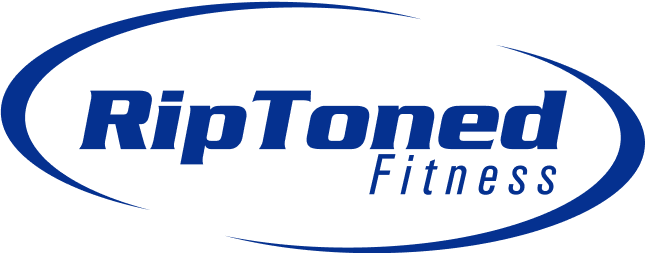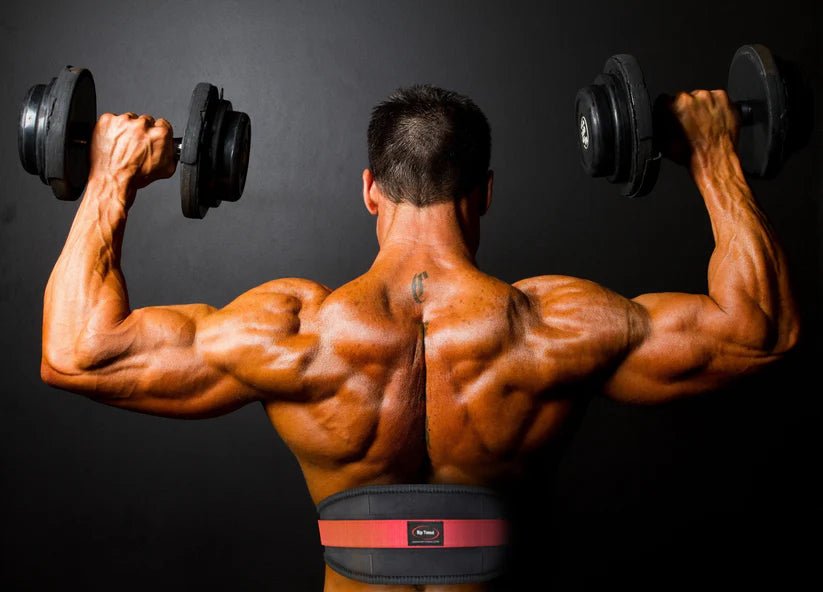A lifting belt is an essential piece of equipment used in weightlifting and powerlifting. It is a wide, thick belt that is worn around the waist to provide support and stability during heavy lifts. Many individuals often wonder what exactly a lifting belt does and whether or not it is necessary for their training.
In this article, we will dive into the mechanics of a lifting belt and explore its benefits. We will also discuss when it is appropriate to use a lifting belt and how to choose the right one for your needs. Whether you are a seasoned weightlifter or just starting, understanding the purpose and function of a lifting belt can greatly enhance your training experience.
What Is A Lifting Belt?
A lifting belt is a weightlifting accessory that is designed to support and stabilize the core during heavy lifts. They are typically made of leather, nylon, or other strong materials and come in various sizes and thicknesses. Lifting belts have a width ranging from 4-6 inches and are usually wider in the back and narrower in the front.
The purpose of a lifting belt is to increase intra-abdominal pressure, which helps to support the spine. This added pressure allows for better force transmission from the legs to the upper body during lifts such as squats, deadlifts, and overhead presses. It also assists in maintaining proper form by preventing excessive spinal flexion or extension.
Plus, a lifting belt can also serve as a reminder to engage the core muscles during lifts. The feeling of pressure against the waist can prompt individuals to brace their core and maintain proper alignment throughout the movement.
Benefits of Using A Lifting Belt
There are several benefits to using a lifting belt in your training. As mentioned earlier, it helps to create intra-abdominal pressure, which provides support for the spine and enhances force distribution during heavy lifts.
Furthermore, wearing a lifting belt can reduce stress on the lower back by providing additional stability. This is especially helpful for individuals with pre-existing back injuries or those who may be prone to back pain during weightlifting.
In addition, a lifting belt can also improve overall performance. The added support and stability can allow individuals to lift heavier weights with better form and control. This can lead to increased muscle recruitment and strength gains.
Lastly, wearing a lifting belt can offer a psychological benefit as well. It can provide a sense of confidence and security during lifts, allowing individuals to push themselves further without fear of injury or discomfort.
When Should You Use A Lifting Belt?
While there are many benefits to using a lifting belt, it is not necessary for every lift or exercise. In fact, relying too heavily on a lifting belt can actually hinder your progress by preventing you from properly engaging your core muscles. It is important to use a lifting belt strategically and only for exercises where it will be most beneficial.
A good rule of thumb is to use a lifting belt for lifts that put significant stress on the spine, such as squats, deadlifts, and overhead presses. These exercises require a lot of core stability and can greatly benefit from the added support of a lifting belt.
On the other hand, exercises such as bicep curls or tricep extensions do not require the use of a lifting belt as they do not put excessive pressure on the spine.
What Does A Lifting Belt Do For
There are many things a lifting belt can do for you in your training. From providing support and stability to improving performance and preventing injury, it is an essential tool for weightlifters and powerlifters alike. However, it is important to use a lifting belt strategically and not rely on it too heavily.
When choosing a lifting belt, be sure to select one that fits comfortably and provides enough support for your individual needs. It is also important to use proper form and technique while wearing a lifting belt, as it should not be used as a substitute for proper strength training.
Plus, it may be beneficial to consult with a trainer or experienced lifter for guidance on when and how to use a lifting belt in your training. With the right approach, a lifting belt can greatly enhance your workouts and help you reach your fitness goals.
Tips for Choosing the Right Lifting Belt
There are a few things to keep in mind when choosing the right lifting belt for your needs. Here are some tips to help you make the best decision:
- Measure your waist accurately: Be sure to measure your waist where the belt will sit, usually just above the belly button. Plus, take into account any clothing or layers you may wear while training.
- Consider the type of exercises you will be doing: If you primarily do powerlifting movements such as squats and deadlifts, a thicker lifting belt may be more beneficial. For weightlifting movements like cleans and snatches, a thinner belt may provide better flexibility.
- Try on multiple sizes and styles: Lifting belts come in different sizes and styles, so it is important to try on a few to find the one that fits comfortably and provides adequate support for your needs.
- Invest in quality material: A good lifting belt should be made of durable material that can withstand heavy use. While it may be tempting to go for a cheaper option, investing in a high-quality belt can save you money in the long run.
- Consult with a professional: If you are unsure about which lifting belt to choose or how to properly use one, it is always best to consult with a fitness professional for guidance.
By following these tips and understanding the benefits of using a lifting belt, you can make an informed decision and choose the right belt for your training needs.
FAQs
How does a weight belt support lifting heavy weights?
A weight belt provides support when lifting heavy weights by stabilizing the spine and core, particularly during exercises like squats and deadlifts. Applying pressure to the abdominal area helps maintain a proper posture, allowing lifters to handle more weight with reduced risk of injury.
What is the difference between Olympic weightlifting belts and powerlifting belts?
Olympic weightlifting belts are typically narrower and more flexible, designed to allow greater mobility during dynamic movements. Powerlifting belts, on the other hand, are wider and stiffer to provide maximum support when lifting heavy weights, where maintaining a rigid torso is essential.
Can weightlifting belts help enhance abdominal muscle engagement?
Yes, weightlifting belts can enhance the engagement of abdominal muscles. When using a weight belt, taking a deep breath and bracing the core against the belt increases intra-abdominal pressure, which in turn prompts stronger muscle activation, supporting better lifts and stability.
Are velcro belts effective for weightlifting, and how do they compare to other weight belts?
Velcro belts are effective for general lifting and offer the convenience of easy adjustments. However, compared to traditional leather weightlifting belts, they might provide less support for maximum lifts. For lifting heavy weights, many lifters prefer the durability and support of leather or buckled weight belts.
Conclusion
In conclusion, a lifting belt can be a valuable tool in weightlifting and powerlifting. It provides support and stability for the spine, enhances force distribution, and can improve overall performance. However, it is important to use a lifting belt strategically and not rely on it too heavily.
Be sure to measure accurately when choosing a lifting belt, consider the type of exercises you will be doing, try on multiple sizes and styles, invest in quality material, and consult with a professional if needed.
With the right approach and understanding, a lifting belt can enhance your training experience and help you reach your fitness goals safely and effectively. Remember to prioritize proper form and engaging your core muscles during lifts, even while using a lifting belt.

